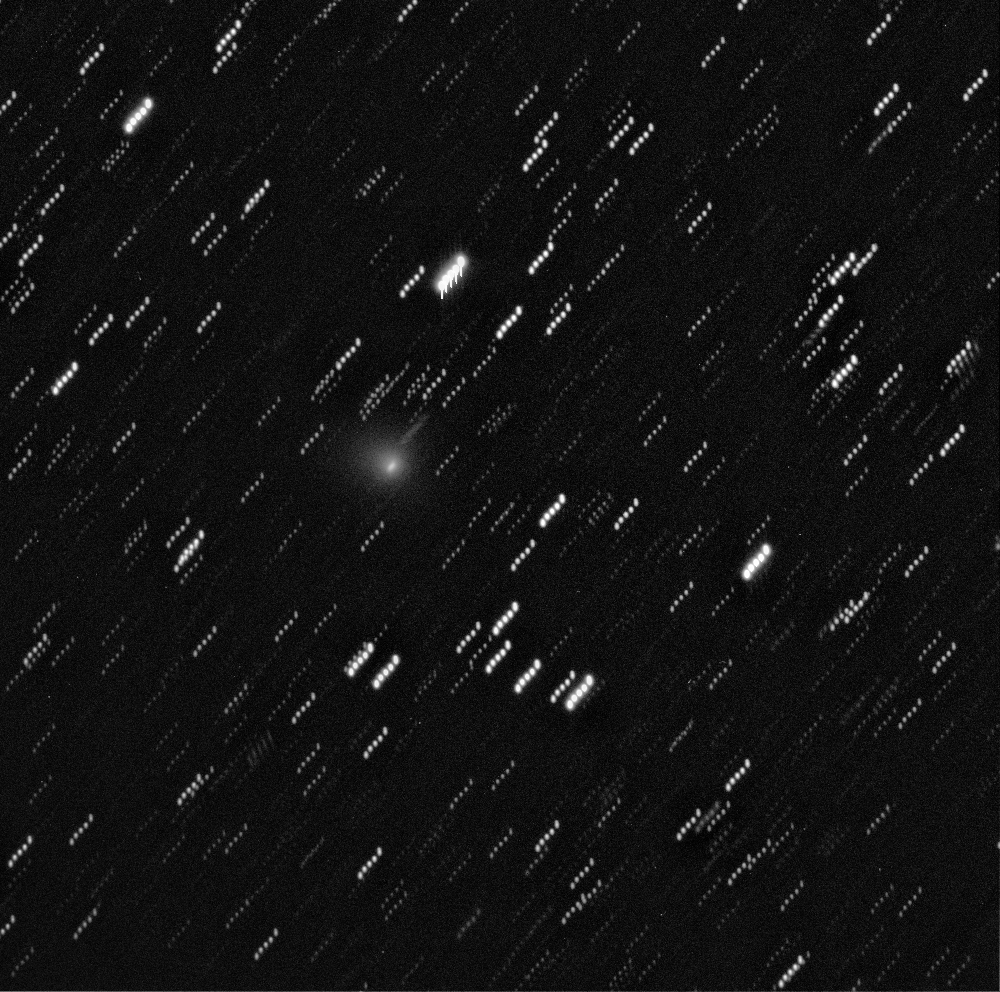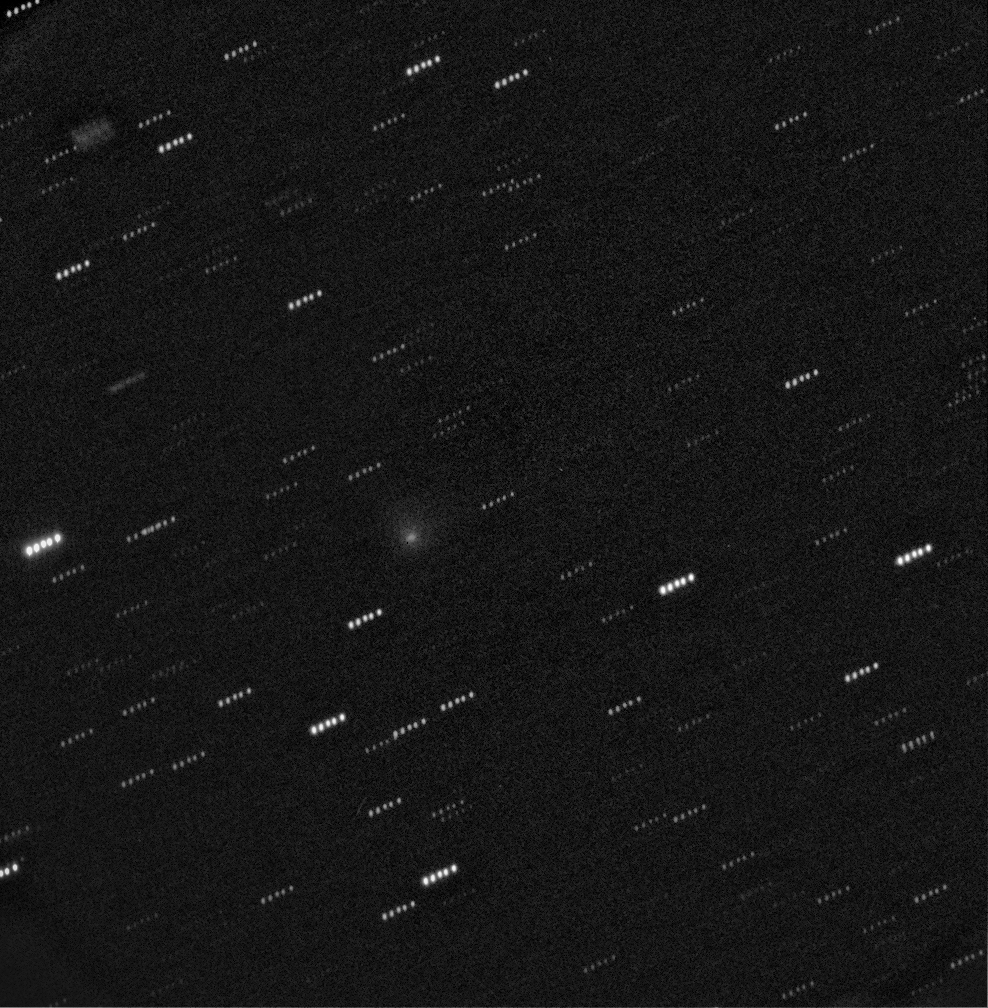Comet 273P/ Pons-Gambert is a comet that was discovered in 1827, reaching magnitude 5 and being visible for about a month. 80 years later, astronomer Dr. S. Ogura re-examined the data and calculated an elliptical orbit with a period of just under 64 years with an uncertainty of +/- 10 years. Further investigation of its orbit in 1978 gave a period of 58 years plus or minus 10 years. However with no observations during the 2 interviening perihelion passages, the comet was considered lost.
Then in November 2012, space scientist and amateur astronomer Rob Matson of Newport Coast, Calif. spotted and tracked a comet in pictures taken by the SWAN camera aboard the Solar Heliospheric Observatory (SOHO). Preliminary calculations of its orbit showed an excellent fit to that of Pons-Gambart. It now appears that comet Pons-Gambart's has a period of about 62 years.

